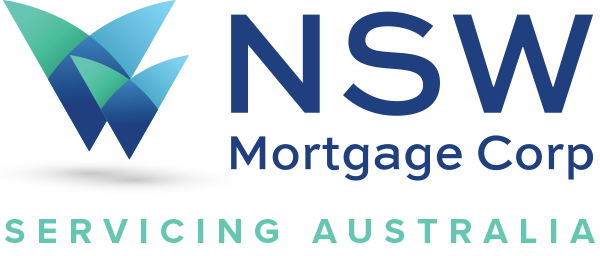We have heard of the honeymoon phase, but how does that apply to loans you might ask. Well, like a honeymoon when everything is much sweeter in the beginning, so are introductory loans. Introductory home loans are offered by many lenders and provide you with a lower interest rate during the initial months of the loan. Usually this honeymoon phase allows you to pay a much lower interest rate for up to 12 months before your loan switches over to the standard variable rate being offered by your lender.
Why is this a good thing? Lower interest rates mean that you will save money in repayments. Buying a home can be expensive and full of hidden costs. With an introductory home loan you have 12 months to get ahead. You can use that extra cash that you’ll have for things like stamp duty, solicitors, conveyancers, moving house, buying furniture, or even to pay off your home loan sooner (which would save you even more money).
Say for example, your honeymoon interest rate is 1% lower than the standard variable rate. By paying the standard variable rate from day one you will be well prepared for when the introductory period is over and your loan reverts to the standard rate, but you won’t have to change your household budget. Secondly, by making additional repayments you will shorten the life of the loan and help minimise the amount of interest charged in the long run.
Things to Look Out for with Introductory Loans
Some lenders try to offset the lower interest rate by placing certain restrictions on the loan features which may impact how flexible the loan is in the long run. Be careful to take note of any early repayment or exit fees, higher establishment and ongoing fees or limits to the repayment amount during the introductory period. If you are comfortable with these loan features then an introductory rate home loan might be just what you’re looking for.



